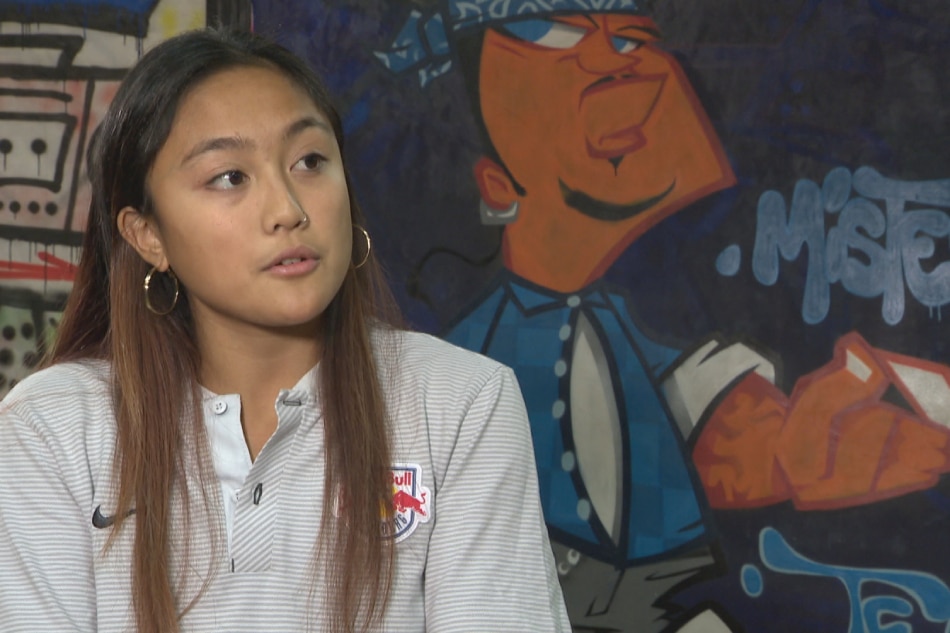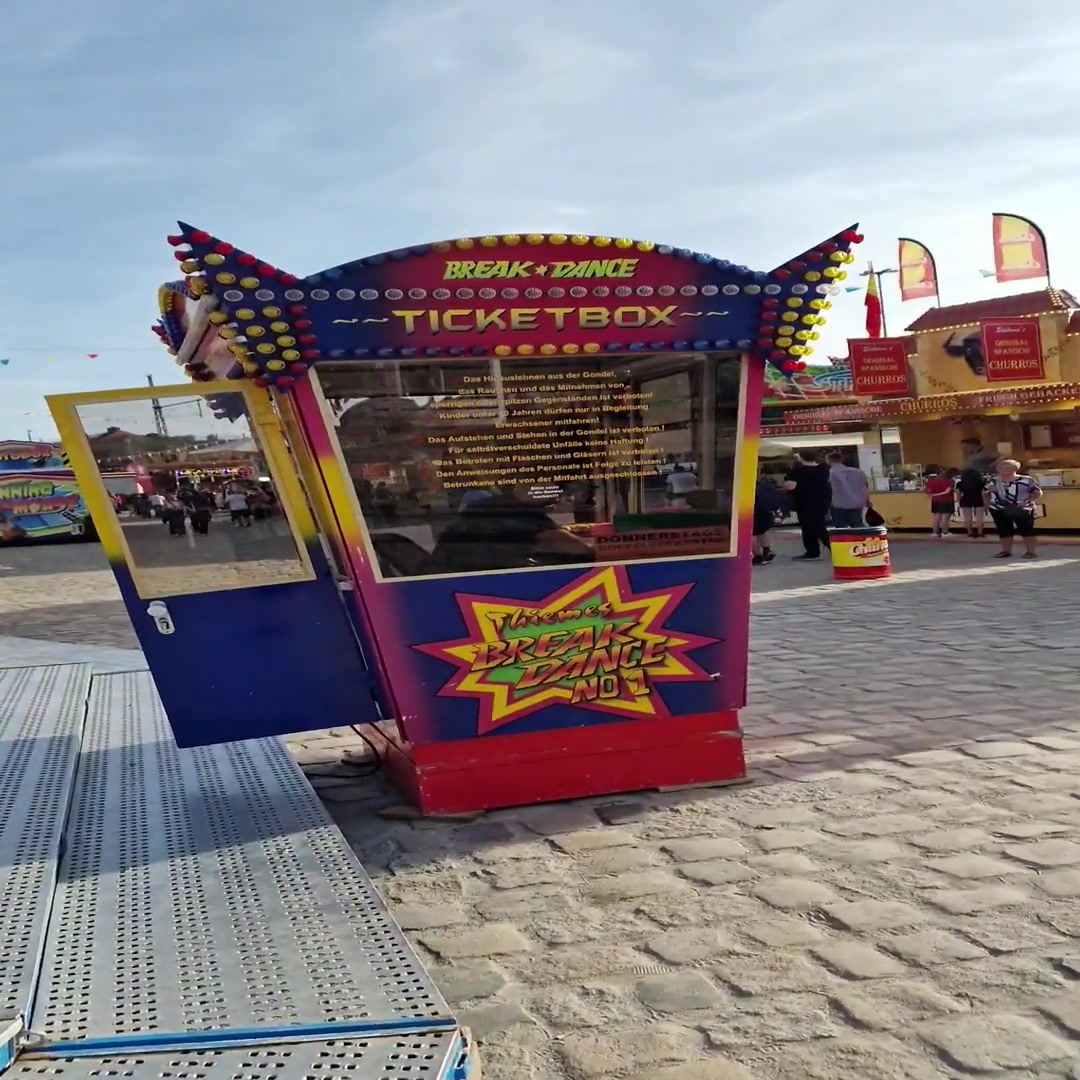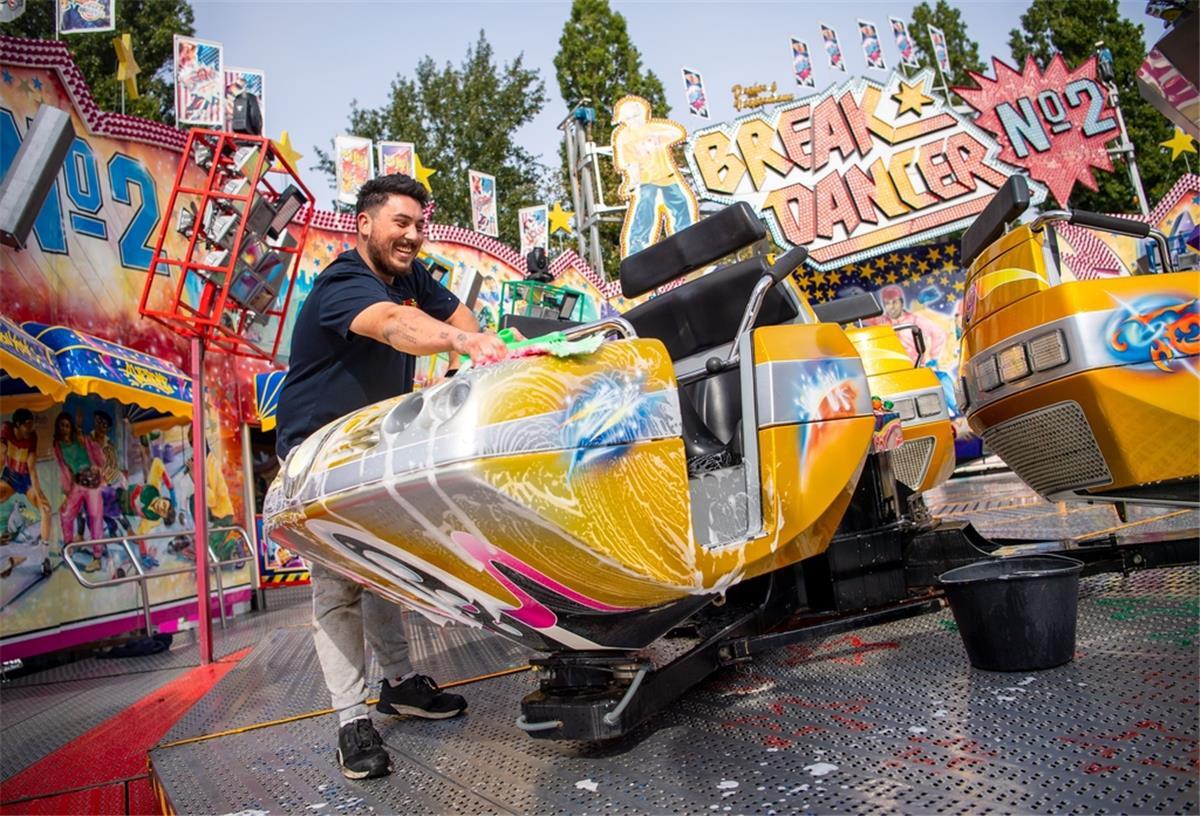The History of Breakdancing

Breakdancing, a dynamic and captivating dance style, is an integral part of hip hop culture, born in the streets of the Bronx, New York City, in the 1970s. It evolved as an expression of urban youth culture, reflecting the social and economic realities of the time.
Origins and Connection to Hip Hop Culture
Breakdancing emerged as a natural extension of hip hop culture, which itself was a response to social and political conditions in the Bronx. Hip hop, encompassing music, dance, art, and fashion, provided an outlet for marginalized communities to express themselves and challenge societal norms. Breakdancing, with its acrobatic moves and energetic rhythms, became a powerful form of self-expression within this vibrant cultural movement.
Key Pioneers and Influential Figures
The early days of breakdancing were marked by the contributions of several key figures who helped shape its evolution.
- The Rock Steady Crew: This crew, formed in 1977, is widely regarded as one of the pioneers of breakdancing. Their innovative moves and high-energy performances established breakdancing as a distinct dance form.
- The Furious Five: This hip hop group, known for their energetic music and powerful lyrics, played a crucial role in popularizing breakdancing by incorporating it into their live performances.
- Kool Herc: Often credited as the father of hip hop, Kool Herc’s DJing techniques, particularly his emphasis on the “breakbeats” of funk records, provided the foundation for breakdancing.
Timeline of Significant Events and Milestones
The evolution of breakdancing has been marked by a series of significant events and milestones that shaped its development.
- 1970s: Breakdancing emerges in the Bronx, New York City, as part of hip hop culture.
- 1980s: Breakdancing gains mainstream popularity, fueled by the release of films like “Beat Street” and “Breakin’.”
- 1990s: Breakdancing continues to evolve, with the emergence of new styles and techniques.
- 2000s: Breakdancing experiences a resurgence in popularity, with the rise of competitions and the inclusion of breakdancing in video games.
- 2010s: Breakdancing gains recognition as a competitive sport, with the establishment of organizations like the World DanceSport Federation (WDSF).
Breakdancing Styles and Techniques

Breakdancing, also known as b-boying or breaking, is a dynamic and expressive dance form that involves a wide range of intricate movements, spins, and acrobatics. This art form encompasses various styles, each characterized by distinct techniques and aesthetics.
Top Rock
Top rock refers to the breakdancing movements performed while standing. It serves as the foundation for transitioning into other styles and allows dancers to showcase their creativity and rhythm.
- Footwork: Top rock footwork involves a variety of steps, patterns, and combinations, often incorporating elements of other dance styles like jazz, funk, and hip-hop. Some common footwork patterns include the “running man,” “grapevine,” and “shuffle.”
- Body Movements: Top rock also incorporates body movements such as arm waves, head rolls, and torso twists, adding to the dynamic and rhythmic flow of the dance.
- Variations: Top rock styles can vary widely, ranging from simple, basic steps to complex, intricate footwork patterns. The creativity and individual expression of the dancer are paramount in this style.
Down Rock
Down rock is the breakdancing style performed on the floor, emphasizing intricate footwork and intricate patterns. It is a cornerstone of breakdancing, requiring precise footwork and body control.
- Footwork Patterns: Down rock features a wide range of footwork patterns, often incorporating elements of other dance styles like tap and jazz. Some common footwork patterns include the “six-step,” “track,” and “turtle.”
- Body Control: Down rock requires exceptional body control, as dancers use their feet and legs to create intricate patterns while maintaining balance and stability.
- Variations: Down rock can be performed in various ways, from simple, basic patterns to complex, intricate combinations. The creativity and individual expression of the dancer are key to this style.
Power Moves, Ami breakdancer
Power moves are the most physically demanding style of breakdancing, characterized by dynamic, acrobatic movements. They require significant strength, flexibility, and agility.
- Spins: Power moves often involve spins, such as the “windmill,” “flare,” and “headspin.” These spins require exceptional balance and control, as dancers rotate their bodies while maintaining stability.
- Acrobatics: Power moves also incorporate acrobatic elements, such as flips, somersaults, and handstands. These movements require significant strength and agility, as dancers must execute them with precision and control.
- Variations: Power moves can be performed in various ways, with different variations and combinations. The creativity and individual expression of the dancer are essential to this style.
Freezes
Freezes are static poses that breakdancers hold at the end of a move or sequence. They add a visual element to breakdancing, showcasing the dancer’s strength, balance, and creativity.
- Balance: Freezes often require significant balance, as dancers must hold their bodies in challenging positions while maintaining stability.
- Creativity: Freezes can be performed in various ways, with dancers showcasing their creativity and individual expression through unique poses and formations.
- Variations: There are numerous freeze variations, including the “chair freeze,” “handstand freeze,” and “headstand freeze,” each requiring different skills and techniques.
Comparison of Breakdancing Styles
| Style | Characteristics | Techniques | Examples |
|---|---|---|---|
| Top Rock | Standing movements, rhythmic footwork, body movements | Footwork patterns, arm waves, head rolls, torso twists | Running man, grapevine, shuffle |
| Down Rock | Intricate footwork, floor-based movements, body control | Footwork patterns, body isolations, transitions | Six-step, track, turtle |
| Power Moves | Dynamic, acrobatic movements, strength, agility | Spins, flips, somersaults, handstands | Windmill, flare, headspin |
| Freezes | Static poses, balance, creativity | Balance, body control, unique formations | Chair freeze, handstand freeze, headstand freeze |
Breakdancing Culture and Community: Ami Breakdancer

Breakdancing is more than just a dance style; it’s a vibrant and interconnected global community. This community is built on shared passion, dedication, and respect for the art form, fostering a unique culture that transcends geographical boundaries.
Breakdancing Competitions and Battles
Breakdancing competitions and battles are crucial to the development and evolution of the art form. They provide a platform for dancers to showcase their skills, challenge themselves, and connect with others in the community.
- Battle Format: Breakdancing battles typically involve two dancers competing head-to-head, showcasing their moves and improvisational skills in a series of rounds. The judges, usually experienced dancers or respected figures in the breakdancing community, evaluate the dancers based on criteria such as technique, creativity, and stage presence.
- Significance of Competitions: Competitions serve as a catalyst for innovation, pushing dancers to constantly refine their techniques and explore new styles. They also provide a platform for aspiring dancers to gain recognition and build their reputation within the community.
- Prominent Competitions: Some of the most prestigious breakdancing competitions include Red Bull BC One, the World B-Boy Championships, and the UK B-Boy Championships. These events attract top dancers from around the world, showcasing the highest level of breakdancing skill and artistry.
Breakdancing Crews
Breakdancing crews play a vital role in fostering a sense of camaraderie and collaboration within the community.
- Crew Dynamics: Crews typically consist of dancers who share a common passion for breakdancing and a desire to support each other’s growth. They often train together, participate in competitions as a unit, and organize events to promote breakdancing within their local communities.
- Crew Culture: Breakdancing crews often develop unique styles and identities, reflecting the personalities and experiences of their members. This fosters a sense of belonging and allows dancers to express themselves creatively within a supportive environment.
- Examples of Crews: Some well-known breakdancing crews include the Rock Steady Crew (USA), the Floorlords (Germany), and the Jabbawockeez (USA). These crews have achieved international recognition for their exceptional skills, innovative choreography, and contributions to breakdancing culture.
Global Reach of Breakdancing
Breakdancing has a truly global reach, with thriving communities in countries across the world.
| Region | Prominent Events and Organizations |
|---|---|
| North America | Red Bull BC One, World B-Boy Championships, Battle of the Year USA, Rock Steady Crew |
| Europe | UK B-Boy Championships, Battle of the Year Europe, Floorlords, Juste Debout |
| Asia | R16 Korea, Battle of the Year Asia, Breaking for Gold (Olympic movement), Japan B-Boy Championships |
| South America | Battle of the Year South America, Breakin’ Convention (UK-based, with global reach), Latin American B-Boy Championships |
| Africa | Africa B-Boy Championships, Breakin’ Convention (UK-based, with global reach), Battle of the Year Africa |
Yo, Ami breakdancer is like, the ultimate freestyle king, ya know? His moves are so sick, they’re like watching a wormhole open up in the middle of a dance floor. Kinda reminds me of that whole Christopher Nolan interstellar vibe, where you’re transported to a whole new dimension.
But yeah, Ami’s got that same kind of energy, just pure fire and raw talent, you know what I’m sayin’?
Yo, you know Ami the breakdancer? She’s got moves that could make you think she’s got a secret superpower. Anyway, I was just reading about this whole Nassau County mask ban thing, and it made me think about how Ami’s got the stamina to breakdance for hours without even breaking a sweat.
She’s got to have some serious lung capacity, right?
